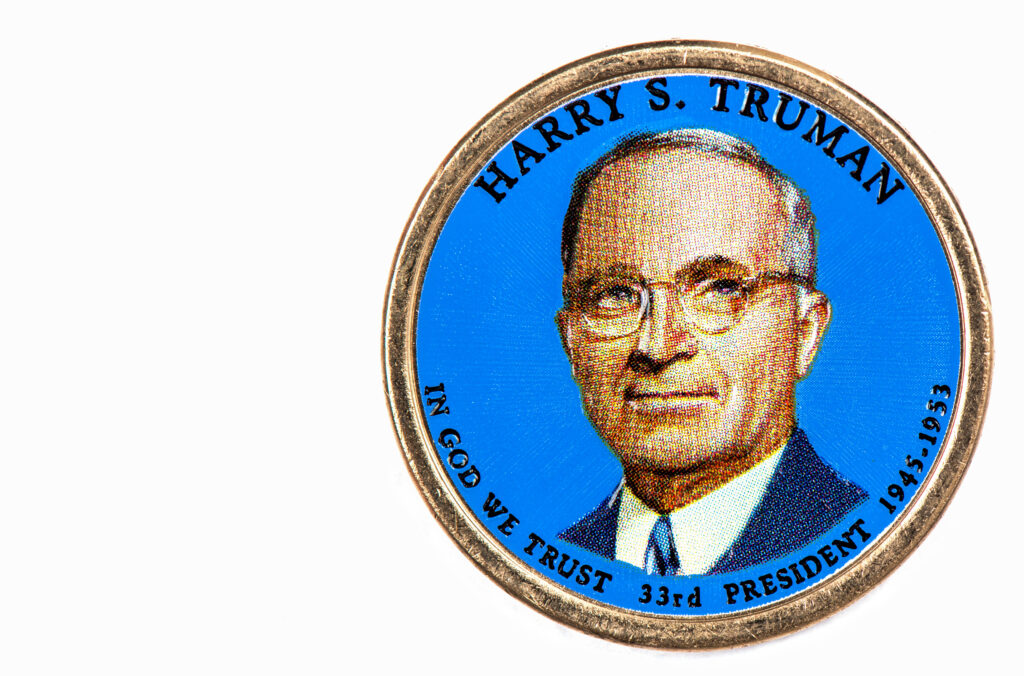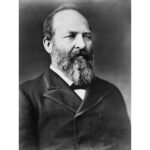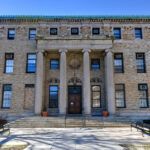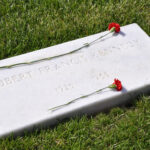Harry S. Truman, the 33rd President of the United States, was born on May 8, 1884, in Lamar, Missouri. Truman grew up in Independence, Missouri, and after high school, he worked various jobs before enlisting in the Missouri National Guard. In 1917, he was commissioned and served during World War I.
After the war, Truman returned to Missouri and opened a haberdashery. The business eventually failed, but his involvement in local politics led to his election as a county judge in 1922. Truman was a loyal supporter of the Democratic Party and caught the attention of the powerful Pendergast political machine, which helped him win a U.S. Senate seat in 1934.
During his time in the Senate, Truman earned a reputation for his strong work ethic and dedication to public service. In 1944, he was selected as Franklin D. Roosevelt’s running mate and was elected Vice President. Truman was thrust into the presidency on April 12, 1945, when Roosevelt died suddenly.
As President, Truman faced numerous challenges. He oversaw the end of World War II, including the controversial decision to drop atomic bombs on Hiroshima and Nagasaki. After the war, Truman implemented the Marshall Plan to help rebuild Europe, initiated the Truman Doctrine to contain communism, and oversaw the formation of NATO.
Domestically, Truman faced political opposition but managed to pass a watered-down version of the Fair Deal, which aimed to expand social programs and civil rights. He was elected to a second term in 1948 in a stunning upset. Truman left office in 1953, and his presidency is often remembered for his decisiveness and commitment to the public good. He died on December 26, 1972.
References:
https://www.whitehouse.gov/about-the-white-house/presidents/harry-s-truman/




